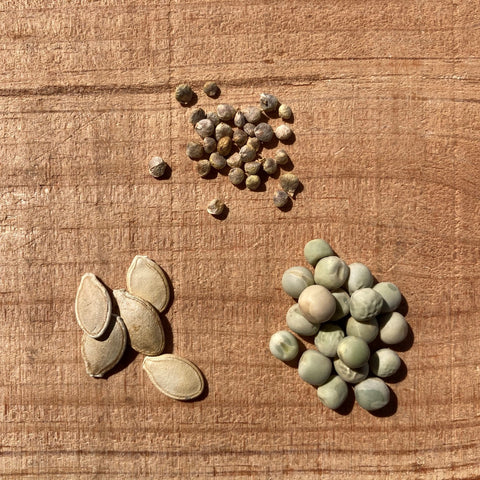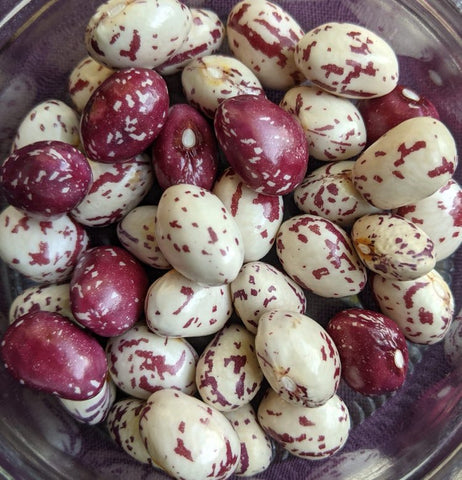How to Save your Vegetable Seeds
Considered the holy grail of vegetable gardening - saving seeds is something every experience gardener has tried. Whether it's so you can keep on growing a great lineage of a prolific crop, or to save having to buy seeds next year, there is something quite magical about cultivating your own seeds.

Every vegetable produces seeds to grow their next generations, however the way they do it can be very different.
Some seeds are what we think of as the vegetables themselves - like peas and beans - whilst some seeds are contained within the vegetables (or technically, fruits) - like tomatoes, peppers and courgettes. Finally, some vegetable plants produce seeds from a completely different part of the plant than what we eat - like lettuces, carrots and kale.
It is possible to save seeds from all sorts of vegetables. Here's our handy guide of how you can save those seeds for next year:

The easiest seeds to save are vegetables like peas and beans - just leave them to grow on the plant until the pods are fully swelled up and start drying out and turning brown. Then harvest the pods and leave the to dry on a tray indoors. After a few weeks you can crack the seeds out of their pods and voila.

For root vegetables - like carrots and beetroot - and salad vegetables - like lettuce, kale and chard - you'll need a slightly different method, since we normally harvest these vegetables before they have a chance to go to seed.

